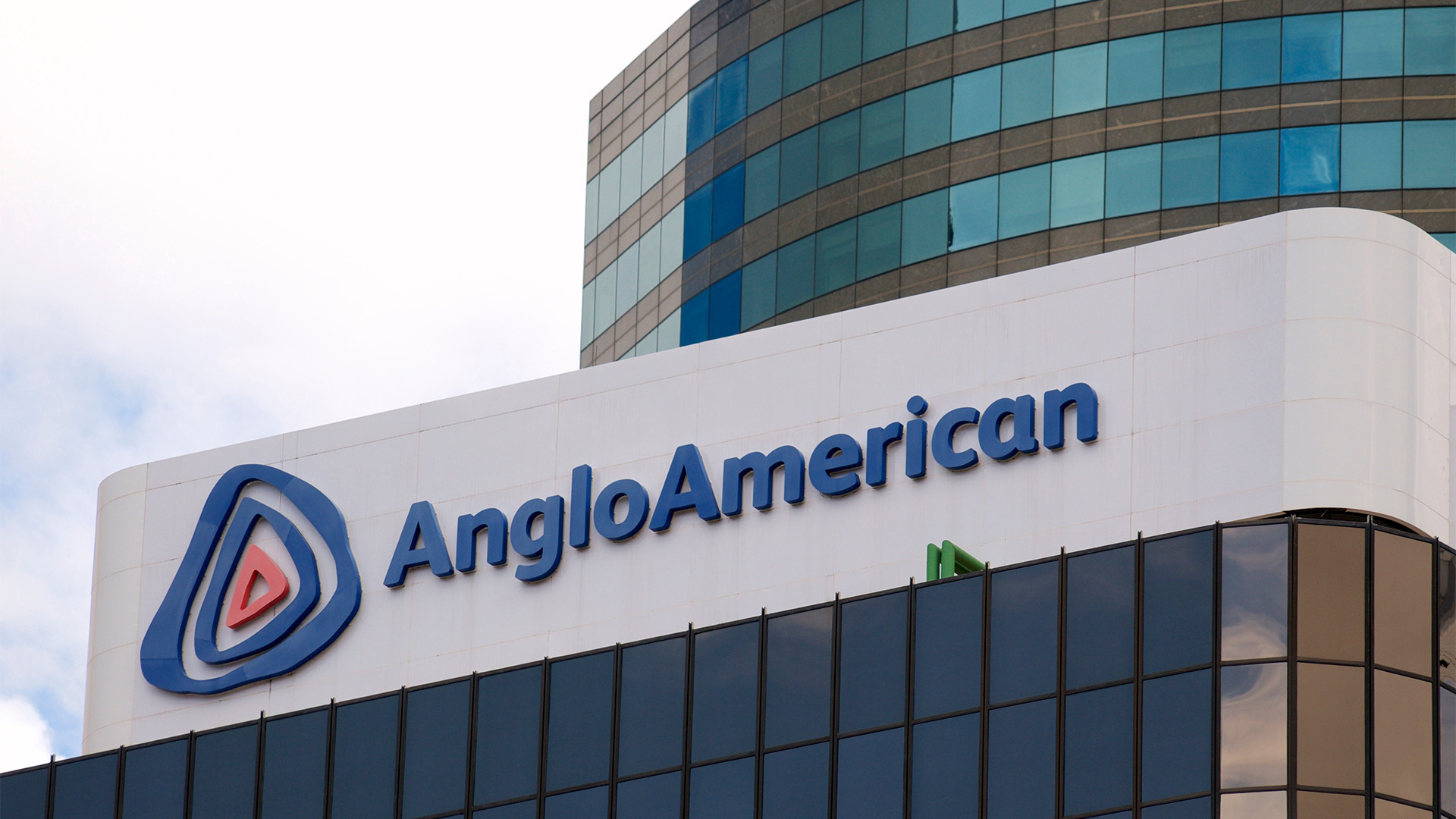So Nasdaq finally conquered the highest peak off all this morning, joining the Dow and S&P 500 in regaining its previous high point. The $US7.7 trillion value tech index at last topped its March 2000 dotcom bubble peak of 5,056.06 and is now within easy distance of the intraday record of 5,132.52.
In other words, the US tech sector as a whole has added nothing in value since March 10, 2000.
Of course that’s not true – Cisco, IBM, Facebook, Apple, EBay, Amazon and a host of other old and new companies and a few reborn have driven the index back towards its all time high – helped by the emerging biotech sector, cars, space travel and artificial intelligence, cloud computing.
The overarching driver has been earnings and revenue growth, not the hot air of 15 or so years ago.
Earnings are now in for tech stocks, not just capital gains – while growth is still a big story, it has to be growth in revenue, earnings per share, and projections of that continuing to be believable – but the forecasts are rooted in actual sales, not hot air and an analyst’s fancy.
In those 15 years we have had the great boom and the Great Recession – both of which had less impact on the Nasdaq than it did on the Dow and the S&P 500 which were crunched in the GFC after Lehman Brothers collapsed.
The Nasdaq escaped relatively speaking because there was less remaining value to crunch than in the Dow and the S&P 500, especially among those once glamorous banks.
But it is true that in terms of a recovery it has been a long time covering – by the mid June 2000, three months after the market crash started, the Nasdaq had lost more than a third in value and some of those hot stocks of the late 1990s were crashing, burning and dying, taking hundreds of billions of dollars in market value with it, and the savings of millions of investors (as usual).
A few big non tech companies also went to the corporate graveyard – Enron for instance, a pin up company for greed and malfeasance that still is potent today.
But while WorldCom was one of the star bursts of Nasdaq, and produced its own brand of corporate skullduggery, it was Enron which held centre stage for the sheer effrontery and scope and ambition of the fraudsters who ran it, and the tricks they got up to try and make money, and try and hide their crimes.
That it took so long to regain that distant peak was a reminder of how heated the tech and net boom of the late 1990s was (the biggest takeover in US history was the Time Warner merger with AOL – valued at around $US164 billion and announced at the start of 2000 January as a matter of fact).
This current tech net boom can’t be called a boom or a bubble because it was, up till this morning, a recovery, more soundly based on enormous profits for the likes of Apple, Facebook, even Microsoft.
It is more broadly based, taking in companies with earnings and smart ideas in Japan, South Korea, the UK, Germany, even in Australia.
But it wasn’t the longest wait for investors – Japan remains 50% in value below its all time peak in 1989 (on New Year eve of that year). And the Financial Times points out that it wasn’t until 1954 that the 1929 peak on Wall Street was regained. Admittedly that was interrupted by World War 2.
The big difference between the dot com boom and now is that the utter sustainability of the earnings and the widening scope for new ideas and revenue sources to be discovered.
There are profits galore through the tech world and the Nasdaq listed stocks, not just prospects. And on some measures, the current crop of companies look undervalued, even at these apparently high levels.
Remember that iPhones, iPods, Facebook, smart mobile devices – streaming TV/Video and more were either ideas in someone’s head or in a research lab, or not even a glimmer in Steve Jobs’ eyes back in 2000.
The iPod was launched in March 2000, just as the crash was starting, and Apple has gone on to dominate markets around the world. It’s shares are up more than 4,200 per cent.
The FT wrote this morning "According to Bloomberg data, five stocks in the S&P 500 have risen more than 1,000 per cent since then. For those who could not foresee the iPod, iPhone and iPad, and missed out on Apple, there was always the Ball Corporation, which makes cans, VF Corporation, which makes jeans, and CSX Corporation, a railroad. All were industries that appeared to be in terminal decline 15 years ago.”
And Berkshire Hathaway has been a constant – ignored as old in the dot com boom, now revered as a guiding light of sense and sensibility. After underperforming the market in 1999, Buffett outperformed from 2000 as the dotcom boom died.













